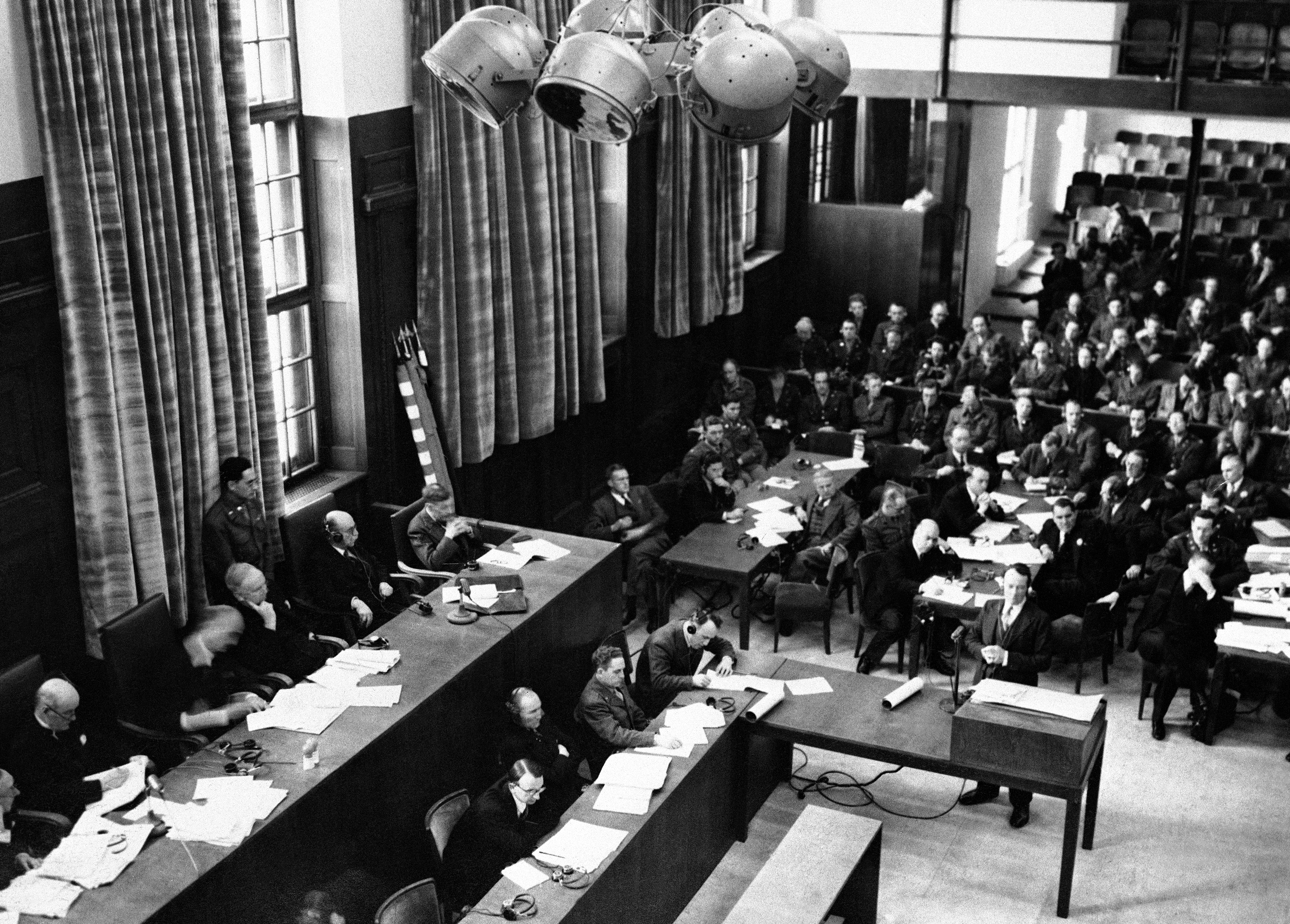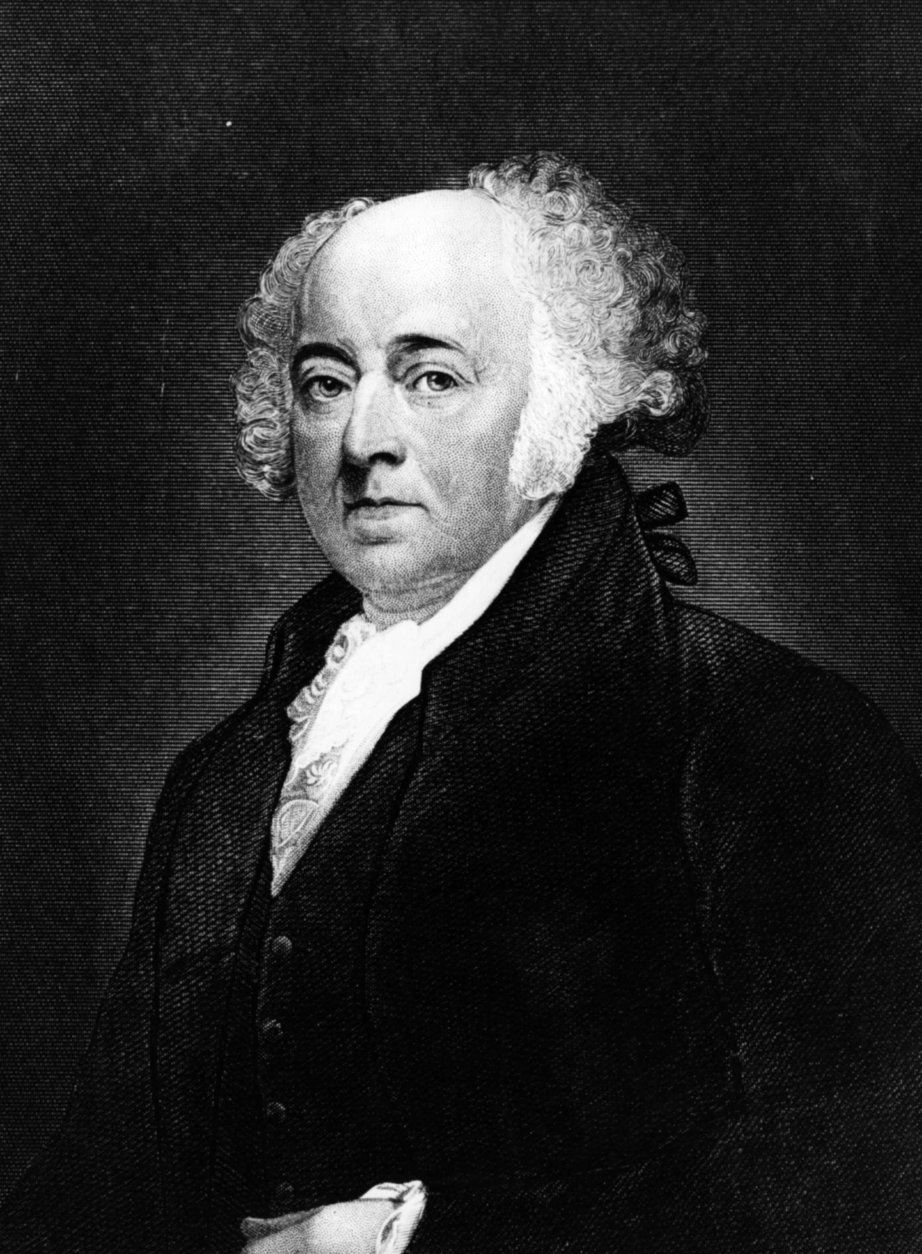
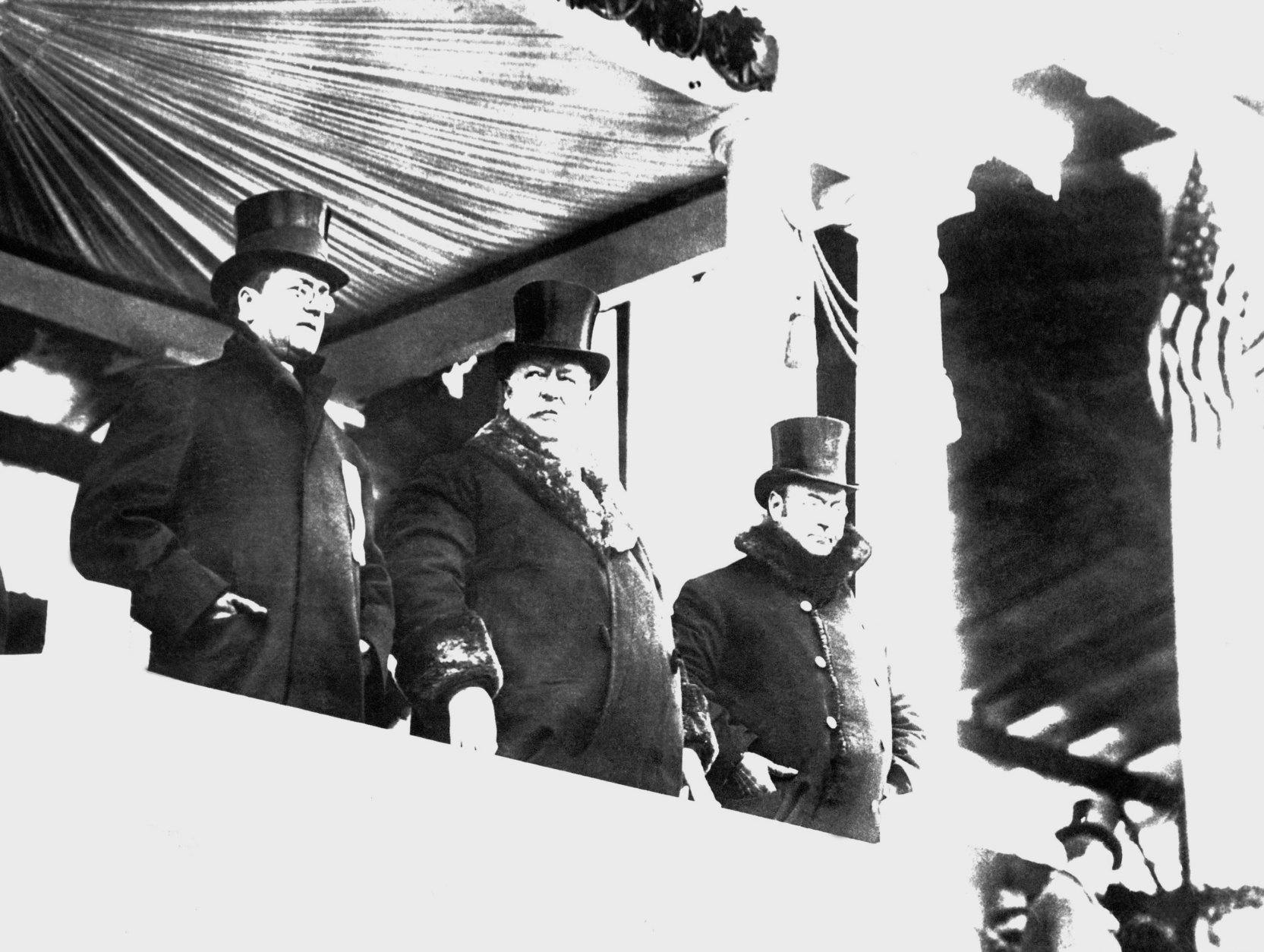
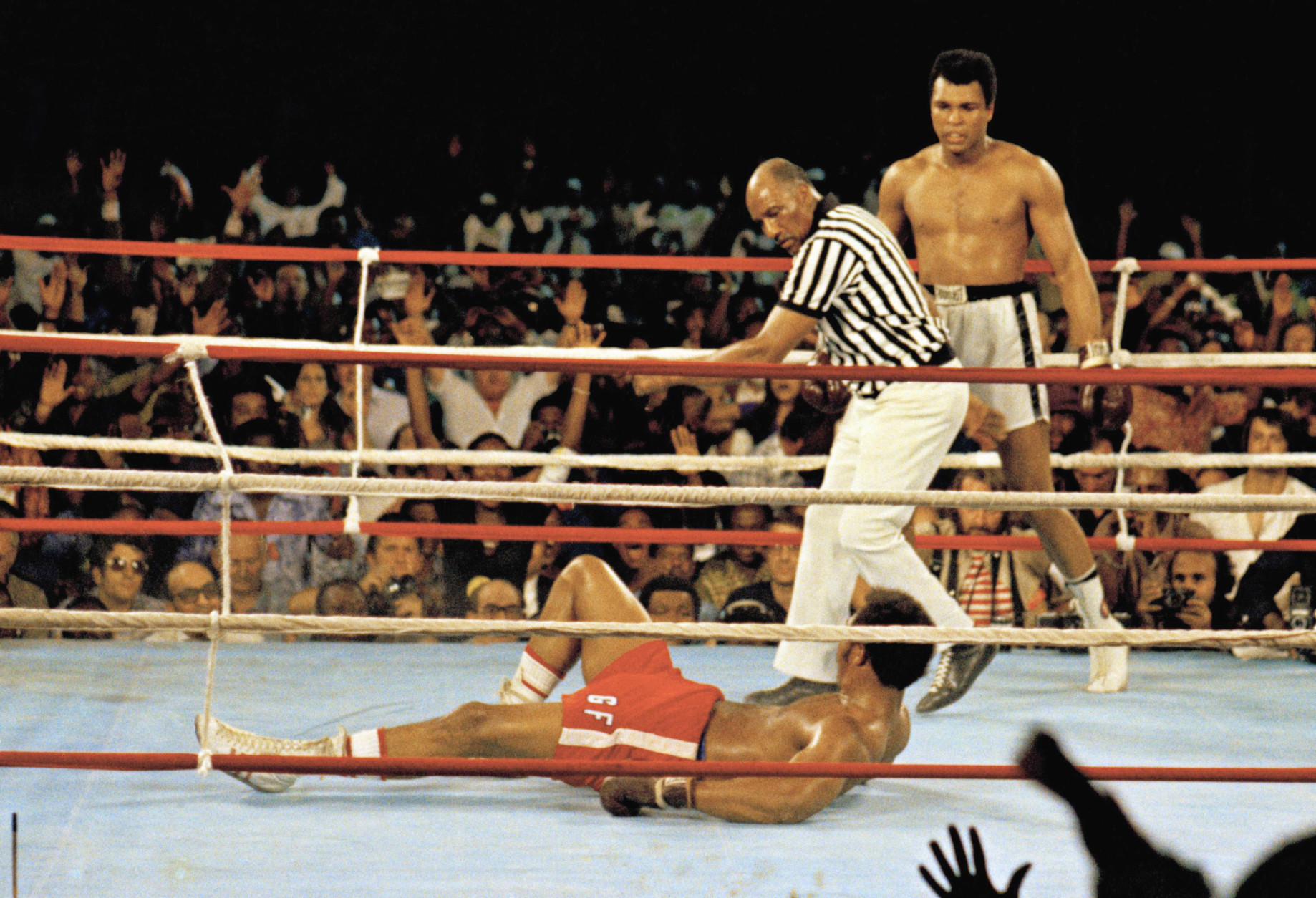
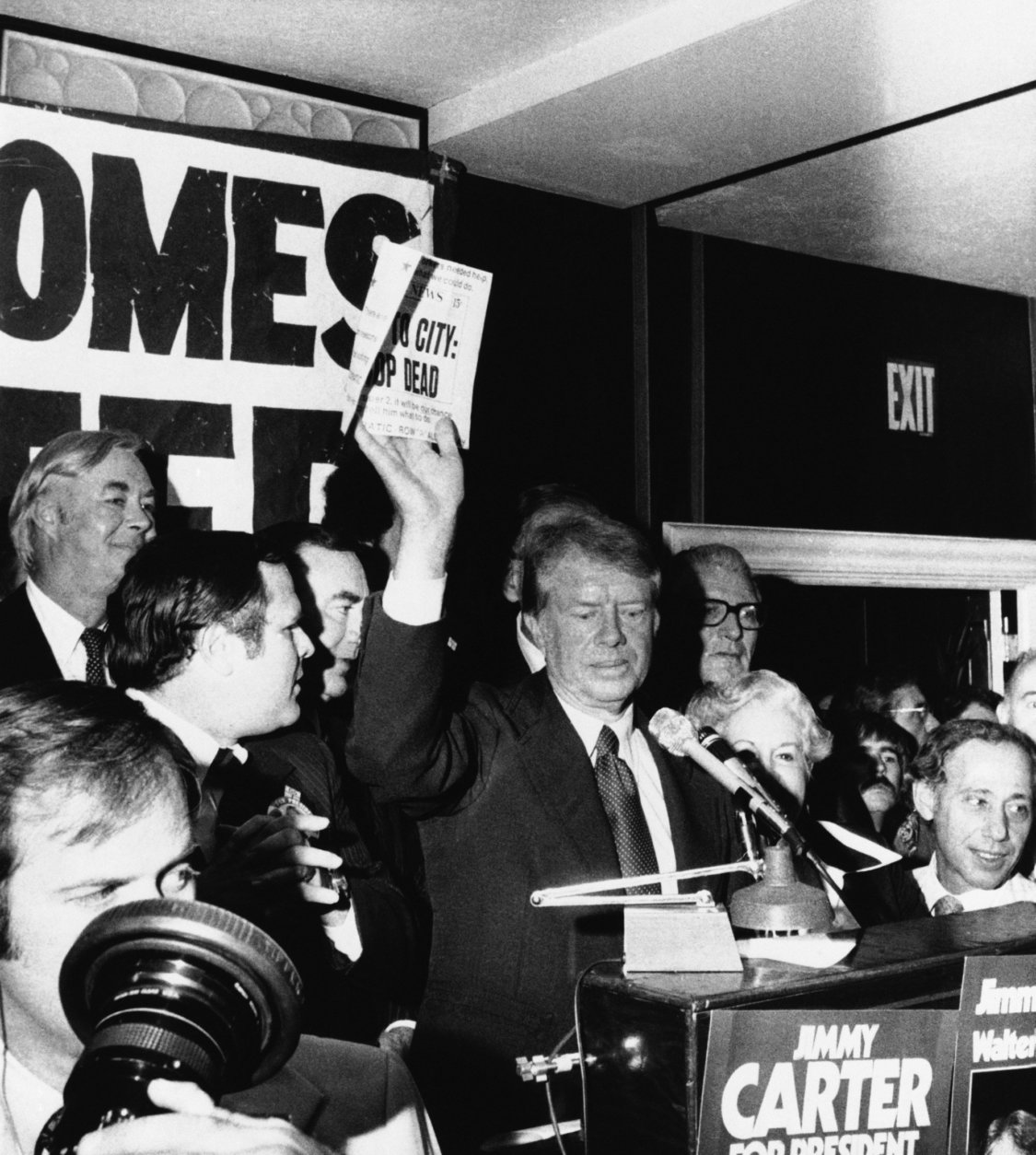
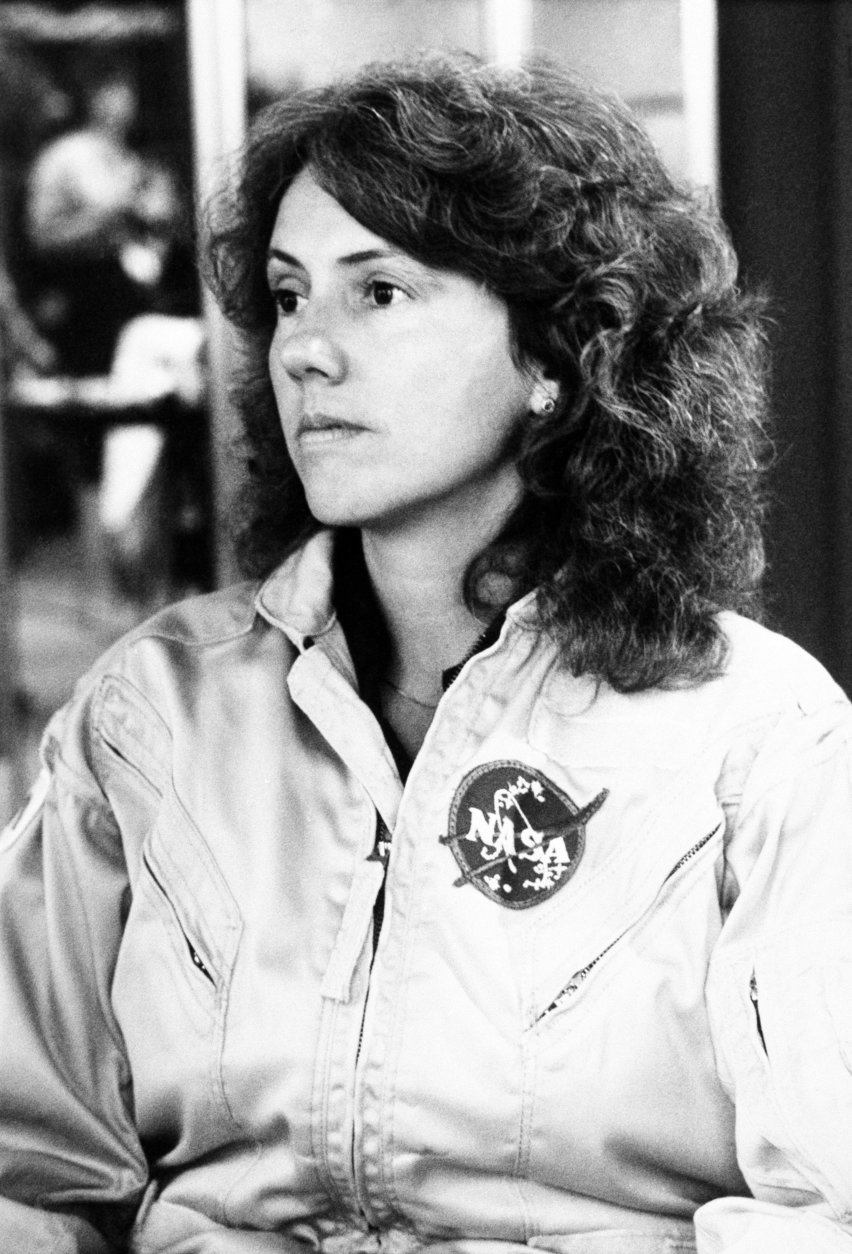
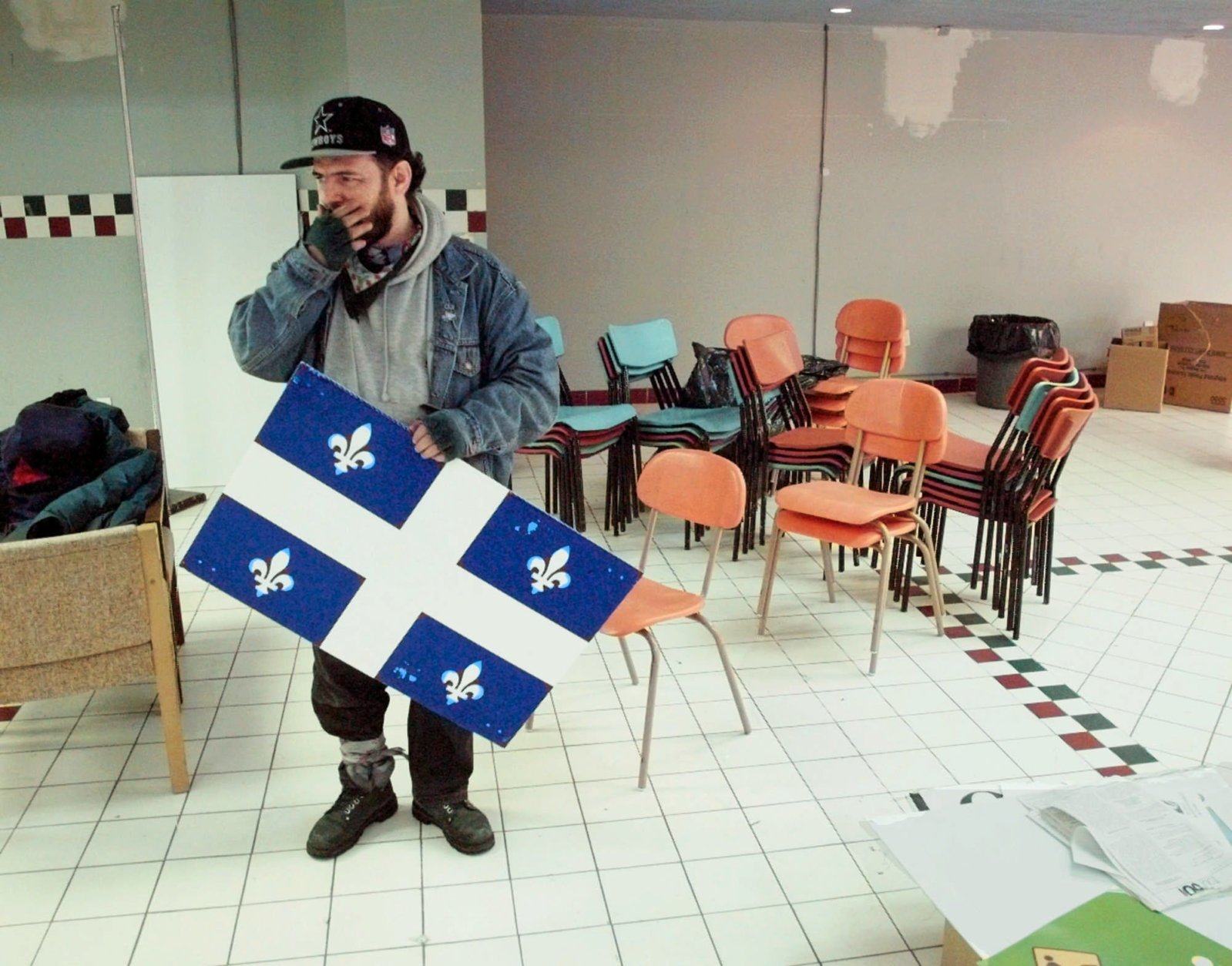
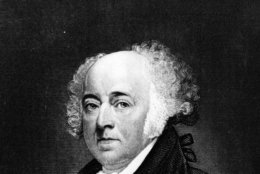
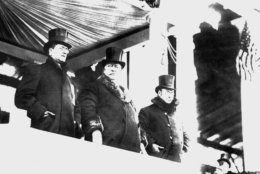
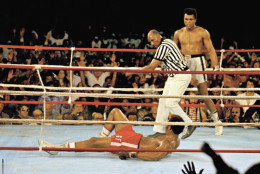
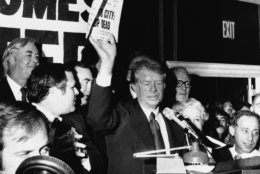
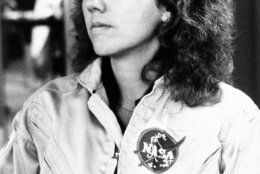

Today is Wednesday, Oct. 30, the 303rd day of 2019. There are 62 days left in the year.
Today’s Highlight in History:
On Oct. 30, 1912, Vice President James S. Sherman, running for a second term of office with President William Howard Taft, died six days before Election Day. (Sherman was replaced with Nicholas Murray Butler, but Taft, the Republican candidate, ended up losing in an Electoral College landslide to Democrat Woodrow Wilson.)
On this date:
In 1735 (New Style calendar), the second president of the United States, John Adams, was born in Braintree, Massachusetts.
In 1961, the Soviet Union tested a hydrogen bomb, the “Tsar Bomba,” with a force estimated at about 50 megatons. The Soviet Party Congress unanimously approved a resolution ordering the removal of Josef Stalin’s body from Lenin’s tomb.
In 1972, 45 people were killed when an Illinois Central Gulf commuter train was struck from behind by another train on Chicago’s South Side.
In 1974, Muhammad Ali knocked out George Foreman in the eighth round of a 15-round bout in Kinshasa, Zaire (zah-EER’), known as the “Rumble in the Jungle,” to regain his world heavyweight title.
In 1975, the New York Daily News ran the headline “Ford to City: Drop Dead” a day after President Gerald R. Ford said he would veto any proposed federal bailout of New York City.
In 1979, President Carter announced his choice of federal appeals judge Shirley Hufstedler to head the newly created Department of Education.
In 1985, schoolteacher-astronaut Christa McAuliffe witnessed the launch of the space shuttle Challenger, the same craft that would carry her and six other crew members to their deaths in Jan. 1986.
In 1995, by a razor-thin vote of 50.6 percent to 49.4 percent, Federalists prevailed over separatists in a Quebec secession referendum.
In 1997, a jury in Cambridge, Massachusetts, convicted British au pair Louise Woodward of second-degree murder in the death of eight-month-old Matthew Eappen (EE’-puhn). (The judge, Hiller B. Zobel, later reduced the verdict to manslaughter and set Woodward free.)
In 2001, Ukraine destroyed its last nuclear missile silo, fulfilling a pledge to give up the vast nuclear arsenal it had inherited after the breakup of the former Soviet Union.
In 2002, Jam Master Jay (Jason Mizell), a rapper with the hip-hop group Run-DMC, was killed in a shooting in New York. He was 37.
In 2005, the body of Rosa Parks arrived at the U.S. Capitol, where the civil rights icon became the first woman to lie in honor in the Rotunda; President George W. Bush and congressional leaders paused to lay wreaths by her casket.
Ten years ago: Secretary of State Hillary Rodham Clinton was confronted repeatedly by Pakistanis as she ended a tense three-day tour of the country, chastised by one woman who said a U.S. program using aerial drones to target terrorists amounted to “executions without trial.” Michelle Triola Marvin, who’d fought a landmark “palimony” case in the 1970s against former lover Lee Marvin, died in Malibu, California, at age 76.
Five years ago: Israel closed all access to Jerusalem’s most sensitive religious site, revered by Jews as the Temple Mount and Muslims as the Noble Sanctuary, in a rare move that ratcheted up tensions after the attempted assassination of a Jewish religious activist and the killing of a Palestinian suspect in the case by security forces. Thomas Menino, Boston’s longest-serving mayor, died at age 71.
One year ago: President Donald Trump and his wife Melania visited a Pittsburgh synagogue to pay homage to the 11 people slain there three days earlier; hundreds of protesters nearby shouted that the president was not welcome. With three funerals, Pittsburgh’s Jewish community began burying its dead from the synagogue massacre. Notorious gangster James “Whitey” Bulger was found beaten to death at a federal prison in West Virginia; the 89-year-old former Boston crime boss and longtime FBI informant had been transferred there hours earlier.
Copyright © 2024 The Associated Press. All rights reserved. This material may not be published, broadcast, written or redistributed.


